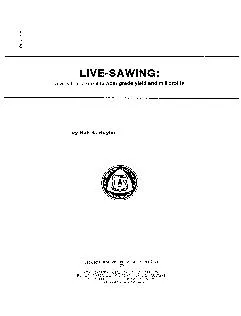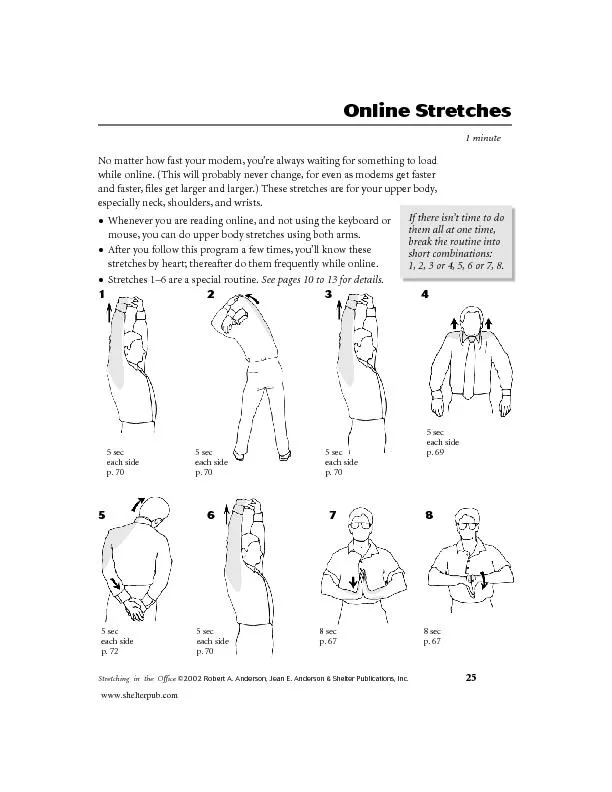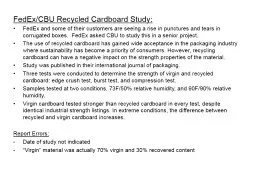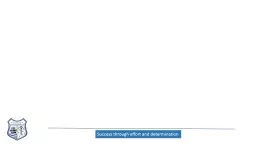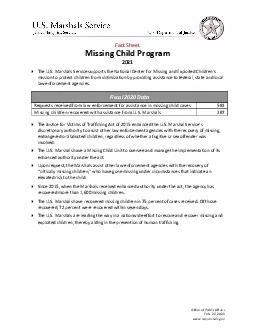PDF-Grade Recovery and Value Determination recovered from each sample ...
Author : marina-yarberry | Published Date : 2015-10-16
Lumber Mill Production and livesawed were Cost Determination standardize computations in ber volume M ft airdry classes Saw recovered for time per ft by applying
Presentation Embed Code
Download Presentation
Download Presentation The PPT/PDF document "Grade Recovery and Value Determination r..." is the property of its rightful owner. Permission is granted to download and print the materials on this website for personal, non-commercial use only, and to display it on your personal computer provided you do not modify the materials and that you retain all copyright notices contained in the materials. By downloading content from our website, you accept the terms of this agreement.
Grade Recovery and Value Determination recovered from each sample ...: Transcript
Download Rules Of Document
"Grade Recovery and Value Determination recovered from each sample
..."The content belongs to its owner. You may download and print it for personal use, without modification, and keep all copyright notices. By downloading, you agree to these terms.
Related Documents

